In this week’s blog, I’d like to introduce my current thoughts on personal curating projects.
First of all, regarding the curatorial theme, the key words I have decided at present are feminism and negative emotions. Basically, I plan to curate an exhibition about negative emotions in women.
Secondly, about the exhibition form, I will adopt the online way to display. I might use modeling software to build a model of the exhibition hall and then put the exhibition on a virtual reality platform such as spatial. Spatial is an online virtual reality space, which enables people from all over the world to know different exhibitions through the Internet. As for why I choose Spatial software, to some extent, the concept of Metaverse is a hot topic at present. “The term metaverse was coined in 1992 by science-fiction writer Neal Stephenson. Its most basic definition refers to “the concept of a fully immersive virtual world where people gather to socialize, play, and work.” It is a simulated digital environment that combines augmented reality (AR), virtual reality (VR), blockchain, and social media principles to create areas for rich user interaction that imitate the real world.” (Laeeq, K. , 2022). The virtual reality exhibition is in an exhibition form with the nature of the meta-universe. People can watch the exhibition through the form of the network, which is a very convenient way to watch the exhibition, and this method reduces the time and expense of the audience. The next video is about Spatial:
Thirdly, I would like to invite female artists from all over the world to participate in this exhibition. In addition, I have obtained written approval and email approval from most Chinese female artists who can provide their works to participate in my project. (figure 1-5)But for now, I’ve only invited five female artists from China. It may be a challenge for me to invite female artists from all over the world to participate in my projects.Therefore, I gave up inviting artists from different countries and regions.
 Figure 1 Written consent from Siyuan Dong
Figure 1 Written consent from Siyuan Dong
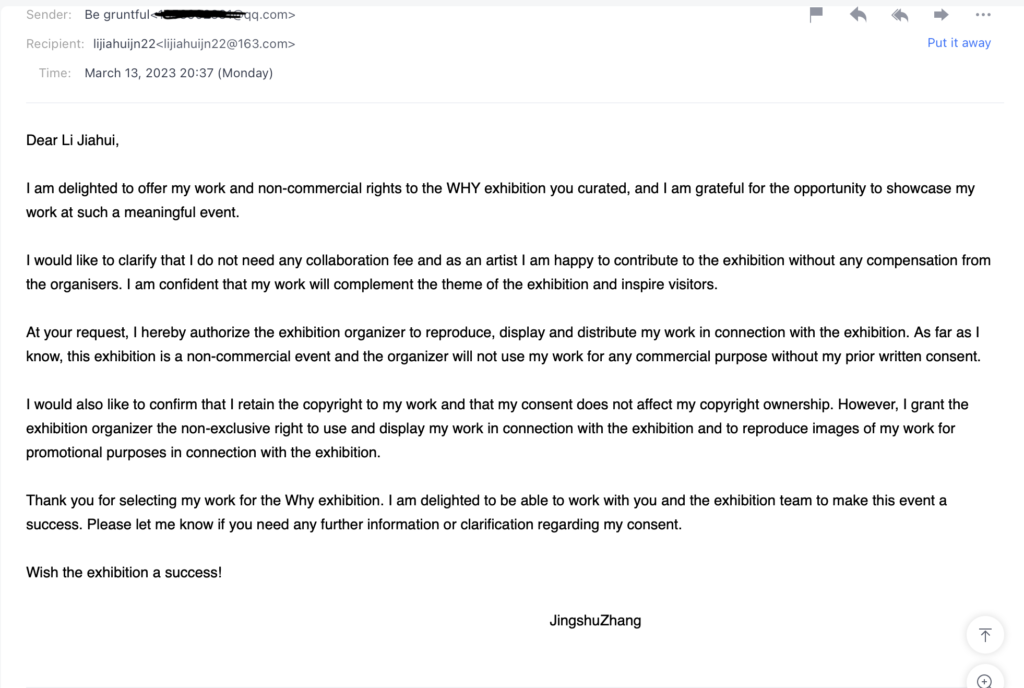 Figure 2 Written consent from Jingshu Zhang
Figure 2 Written consent from Jingshu Zhang
 Figure 3 Written consent from Xiaoya Ran
Figure 3 Written consent from Xiaoya Ran

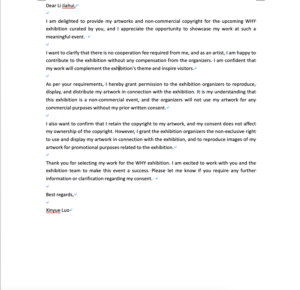
Figure 4 Written consent from Xinyue Luo


Figure 5 Contrast from QingWang
Please Note: All photos related to the written consent and artist contract are prohibited from reprinting and use.
Reference list
Laeeq, K. (2022). Metaverse: why, how and what. How and What.
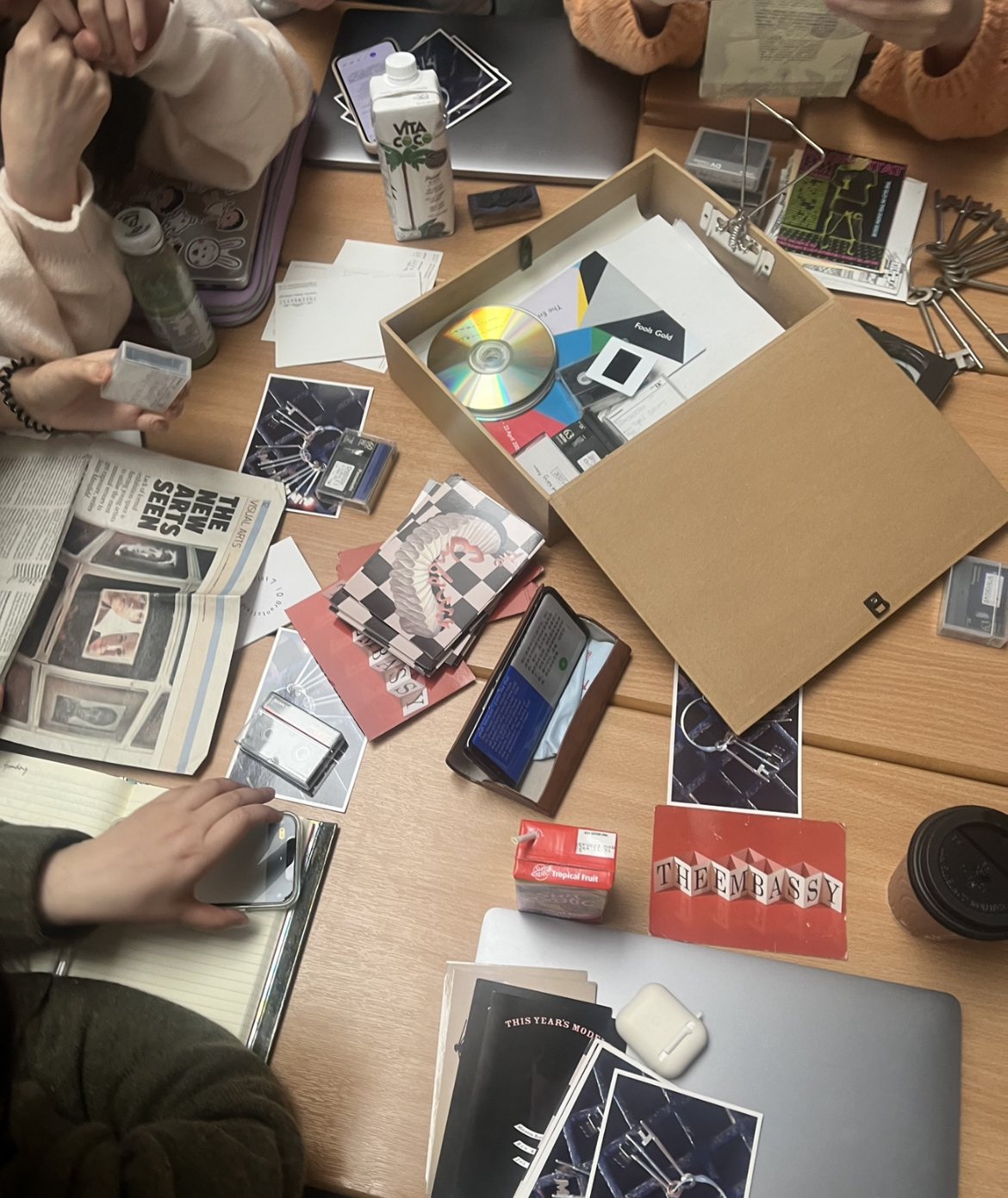
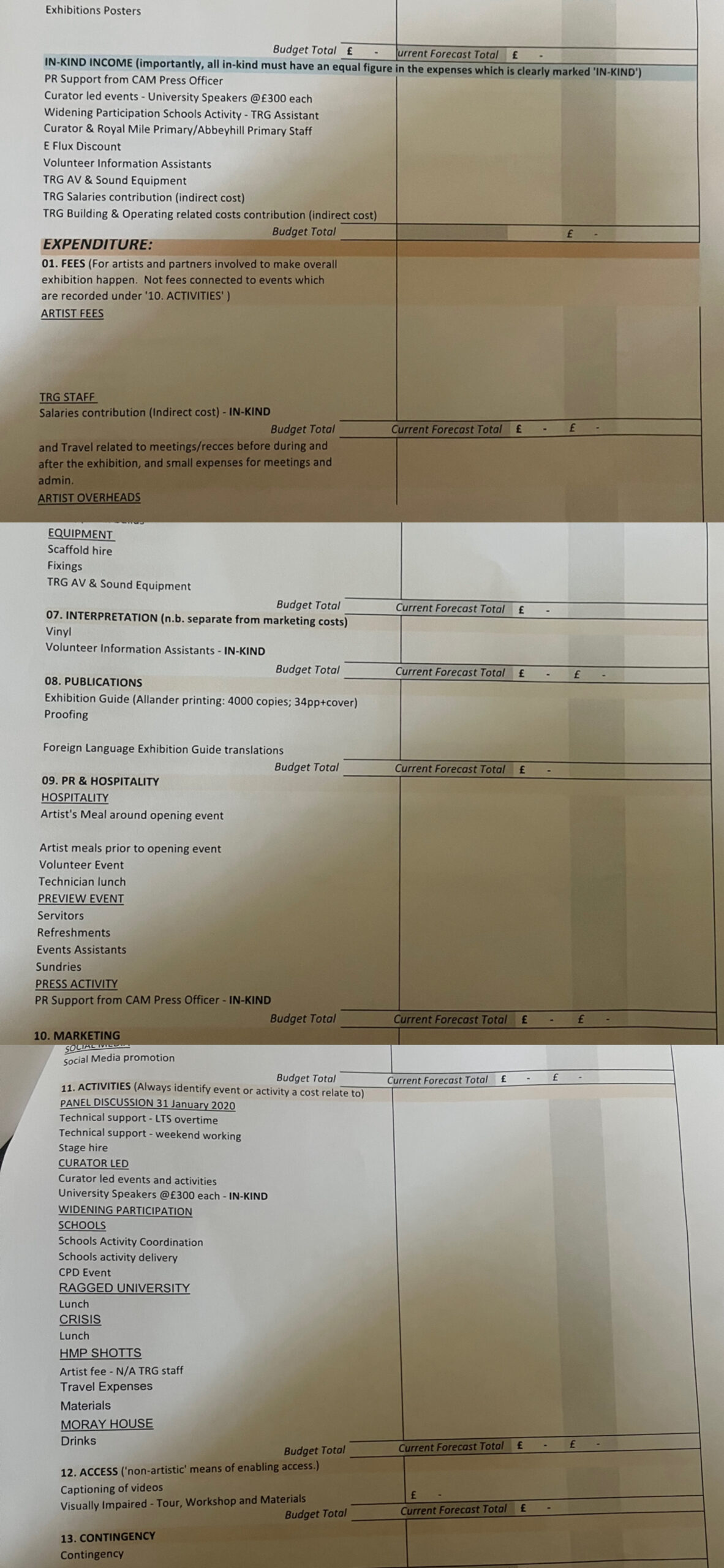
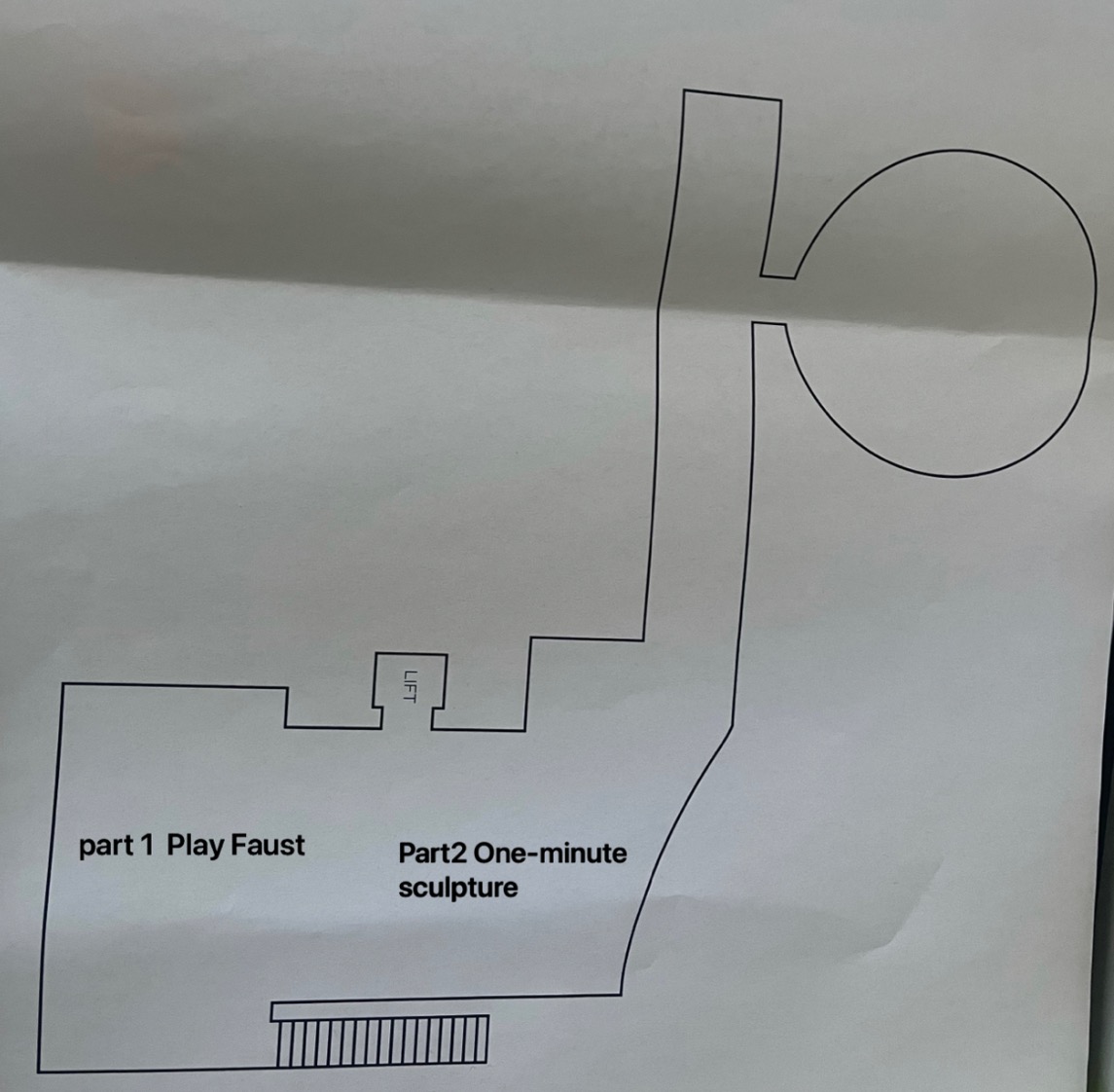
 Figure 1 Analysis by Jupiter Artland in Miro
Figure 1 Analysis by Jupiter Artland in Miro
